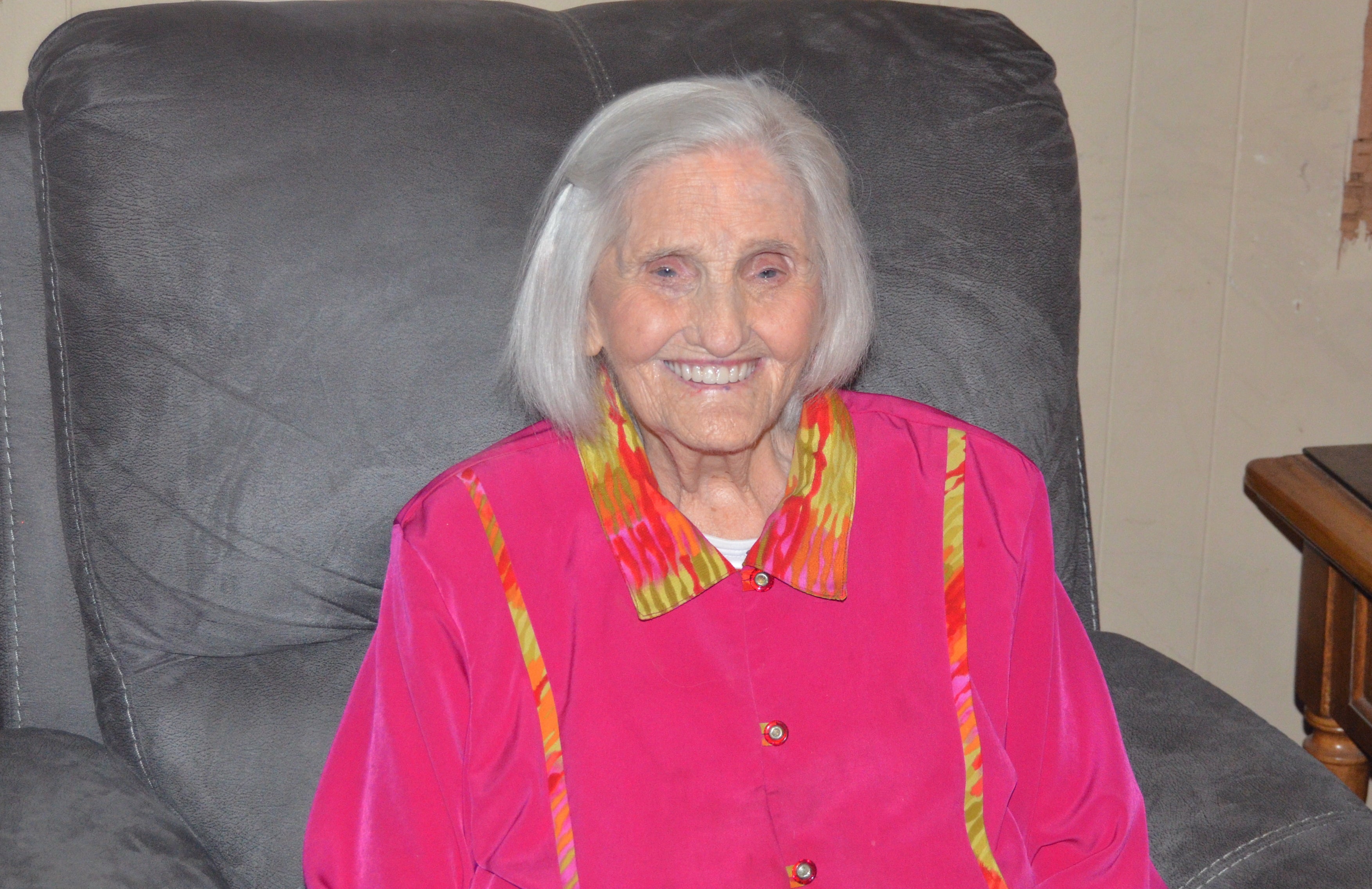The Tradition of Santa Claus
Published 7:00 pm Wednesday, December 24, 2008
The big red man on Christmas that brings lots of cheer for the holiday goes by many names Santa Claus being the most popular. He is also known as St. Nicholas, Weihnachtsmann in Germany for “Christmas man”, Kris Kringle from the southern Germany Christkindle, meaning “Christ child”, Pere Noel in France, Papa Noel in many Spanish speaking countries, Sinter Claus (or Sinterklaas, Sinte Klaas) in the Dutch colony of New Amsterdam (now New York City), Other variations of his name range from Sant Nikolaas to Sante Klaas, The Italian Befana is a similar figure as is Russia’s grandmotherly Babouschka, Denmark he’s called “Julemanden” (“Christmas Man”), Joulupukki (“Yule Buck”), evolved from the “Christmas Goat” used to frighten children in Finland, Nicholas of Bari and Nicholas of Myra.
No matter what you call him though he is still a historic figure that has won the love of children around the world. The original St. Nicholas refers to a real person who was born in the fourth century (born c 245 AD). St. Nicholas became a bishop of the church at Myra. Few documents exist which mention him, however legends of his generosity exist throughout most churches. Thousands of churches in the Middle Ages were dedicated to him.
It was St. Nicholas that started the tradition of giving gifts and it is to this day that we still take at least one day a year to give to others. The legend of St. Nicholas started with a legend of his help that included a longer version of story about a nobleman.
A nobleman who lived with his three daughters had fallen on hard times. The daughters had no chance of marriage, since their father could not pay their dowries.
One night, St. Nicholas threw a sack of gold through a window of the nobleman’s shabby castle, which was enough for one daughter’s marriage. The next night, he tossed another sack of gold through the window for the second daughter.
But on the third night, the window was closed. So, St. Nicholas climbed onto the roof and dropped the sack down the chimney. The next morning, the daughters found the gold in the stockings they had hung to dry by the fireplace. Hence leaving the stockings out for Santa Claus.
St. Nicholas started many of the traditions that we still do today. Another tradition that he started was cookies for Santa.
Leaving milk and cookies for Santa actually started with a tree. The first Christmas trees were decorated with food including apples and wafers. After people started noticing that wafers on trees were eaten. Although mice ate some of the wafers the people could tell that someone else had been eating the cookies so they started leaving cookies on a plate for Santa by the fire. After a while the tradition became just that and the origins became unknown. Now kids bake cookies and leave them for Santa without any thought to decorating a Christmas tree with them. In some parts of the world there are still places around the world that use ingredients like stringed popcorn to decorate their tree.






